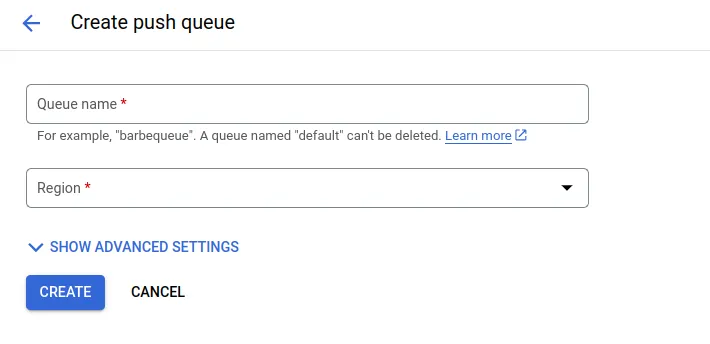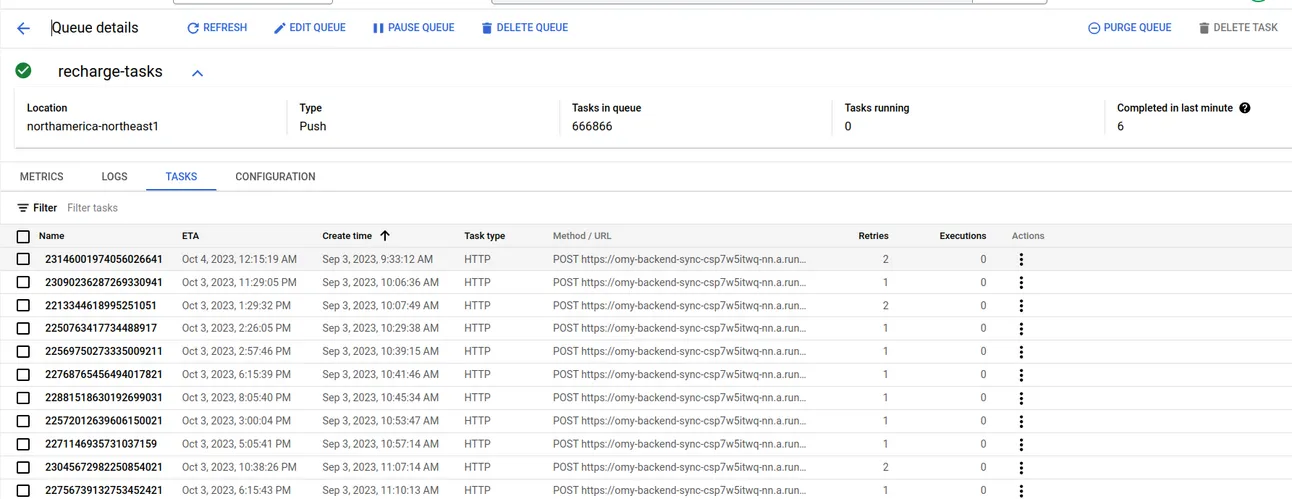Google Cloud Tasks: Efficient Management of Async and Distributed Tasks
In the world of modern computing, applications are becoming increasingly complex and often require the execution of asynchronous and distributed tasks. To meet this need, Google developed Google Cloud Tasks, an asynchronous task management service that allows developers to create scalable and resilient applications. This service integrates seamlessly into a microservices architecture and facilitates workflow automation. In this article, we will dive into the features of Google Cloud Tasks and explore how it can help businesses effectively manage their asynchronous workflows.

How Google Cloud Tasks Works
Google Cloud Tasks operates on a queue-and-task model, integrating perfectly into an event-driven architecture. Here is how it generally works:
- Creating a Queue: First, you need to create a queue to group your tasks. You can specify parameters such as the queue name, rate limits (e.g., the maximum number of tasks per second), retry parameters in case of failure, etc.

-
Adding Tasks to the Queue: Once you have created the queue, you can add individual tasks to it. Each task is associated with a payload (specific data for the task) and optionally configuration options such as custom retry delays.
-
Triggering Tasks: Tasks can be triggered in various ways. You can trigger a task by sending an HTTP request to a specific URL associated with the queue. You can also trigger tasks using data change events from other Google Cloud services such as Datastore, Pub/Sub, etc. Additionally, you can schedule tasks to run at specific times, facilitating task scheduling.

-
Executing Tasks: Once a task is triggered, Google Cloud Tasks retrieves it from the queue and sends it to a worker (an application or a function) for execution, allowing for efficient backend processing. Tasks are executed asynchronously, meaning your application can continue to operate without waiting for the task to complete.
-
Error Handling and Retrying: If a task execution fails, Google Cloud Tasks automatically handles retries, ensuring fault tolerance. You can configure retry strategies, such as the delay between attempts and the maximum number of attempts. If a task fails after all attempts, you can configure a notification or specific processing.
-
Monitoring and Management: Google Cloud Tasks offers monitoring and management tools (Cloud monitoring) to track the status of tasks, monitor queues, measure performance, and obtain metrics. You can use the command line interface, REST APIs, or client libraries to interact with Google Cloud Tasks and manage your queues and tasks.
Key Features of Google Cloud Tasks
-
Task Scheduling: Google Cloud Tasks allows scheduling tasks to run at specific times or distribute them across multiple workers, offering great flexibility in managing asynchronous workflows and effective workflow automation.
-
Reliability and Scalability: Thanks to its integration with other Google Cloud Platform (GCP) services such as Pub/Sub and Cloud Functions, Cloud Tasks ensures reliable and scalable task execution, even in high-load environments requiring autoscaling.
-
Error Management: Cloud Tasks offers advanced error management mechanisms, such as configuring automatic retries in case of task failure, ensuring the robustness of asynchronous workflows.
-
Task Tracking: The Cloud Tasks dashboard allows real-time tracking of the workflow or task status, providing better visibility into workflow progress and the ability to quickly detect potential issues.
-
Integration with Other Google Cloud Services: Cloud Tasks easily integrates with other GCP services such as App Engine, Compute Engine, and Kubernetes Engine, enabling the construction of distributed asynchronous workflows using familiar technologies.
Use Cases for Google Cloud Tasks
- Background Task Processing: Cloud Tasks can be used to run background tasks such as generating reports, sending emails, updating databases, etc. This frees up application server resources and improves overall application performance.
- Job Queue: Cloud Tasks can serve as a job queue to manage the distribution and execution of tasks among multiple workers. This enables the construction of highly scalable distributed computing systems.
- Microservices Integration: Cloud Tasks can be used to integrate microservices by enabling asynchronous communication between different components of a microservices architecture. This facilitates the creation of modern architectures based on microservices.
Google Cloud Tasks is a powerful service for managing asynchronous and distributed tasks. It offers a simple and unified solution for managing asynchronous workflows, with advanced features such as scheduling, reliability, error management, and task tracking. Whether you need to run background tasks, manage a job queue, or integrate microservices, Google Cloud Tasks provides the tools necessary to build scalable and resilient applications. So don’t hesitate to dive into the world of asynchronous tasks with Google Cloud Tasks. You will be able to improve your applications’ performance, efficiently manage workflows, and create highly scalable distributed systems.
References:
- Official Google Cloud Tasks Documentation: https://cloud.google.com/tasks/docs/